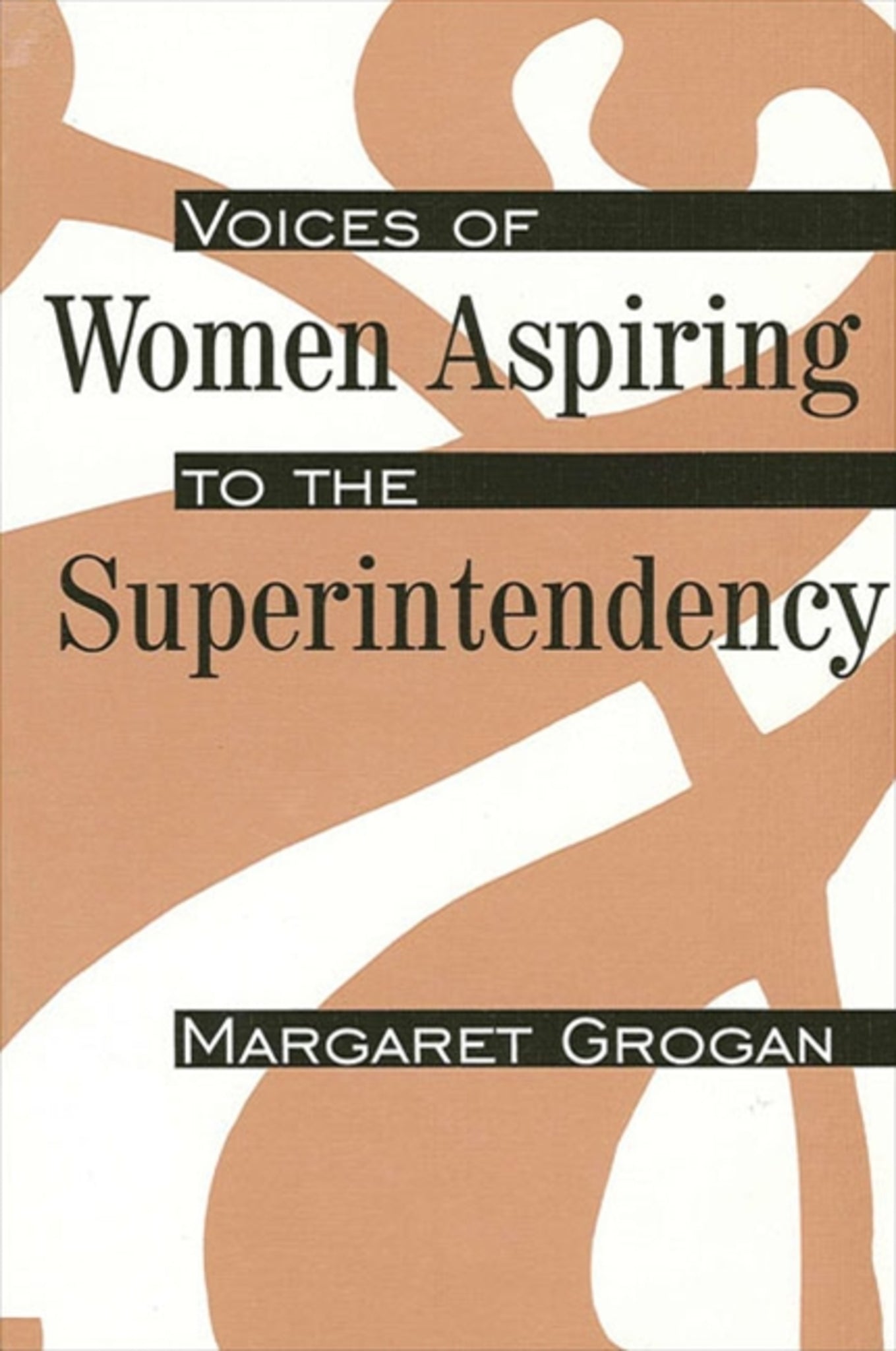We're sorry. An error has occurred
Please cancel or retry.
Voices of Women Aspiring to the Superintendency

Some error occured while loading the Quick View. Please close the Quick View and try reloading the page.
Couldn't load pickup availability
- Format:
-
19 April 1996

Few school superintendents in the United States are women, although many women have leadership positions in schools. This book is a feminist poststructuralist account of women aspiring to the superintendency in K-12 public school systems in the United States. It deals with issues of power, gender, and leadership and provides a framework for understanding the contemporary context of the superintendency.
The superintendency offers the most powerful and prestigious positions in K–12 public school systems. Few superintendents of these systems in the United States are women, although the majority of teachers are women and many women have leadership positions in schools. There are also increasing numbers of women in administrative preparation programs at institutions of higher education.
This study of 27 highly qualified women in top-level administrative positions in public education was designed to find out what it is like to be a woman aspiring to the executive leadership position. Research questions included: Why are there so few women superintendents when so many are qualified? What are the routes to the superintendency? What is the context of educational administration in the public school? What kinds of leaders are women who aspire to the superintendency? The research was also informed by a femininst advocacy of social change to discover how and under what conditions a more equitable distribution of superintendencies is likely to occur. A feminist poststructural framework provided the theoretical basis for the analysis of the data.


"I especially like the topic of the research in this book—the many, diverse voices of female aspirants to the superintendency and the organization of Grogan's analysis of their discourses. She probes these discourses which support and resist the prevailing, male-dominated superintendency very well. Her feminist, poststructural analysis is very good." — Cheryl T. Desmond, Millersville University
Acknowledgments
Introduction
1. A Glance at the Evolution of the Superintendency
2. A Feminist Poststructuralist Framework
3. Routes to the Superintendency
4. Women Administrators at Work
5. Partners, Children, and Homemaking
6. Administrators with Relational and Interpersonal Perspectives
7. Approaches to Leadership: From Traditional to Feminist
8. Conclusions: Placing Women Leaders in the Foreground
Appendix 1. Design and Methodology
Appendix 2. Sample Interview Questions
Bibliography
Index



